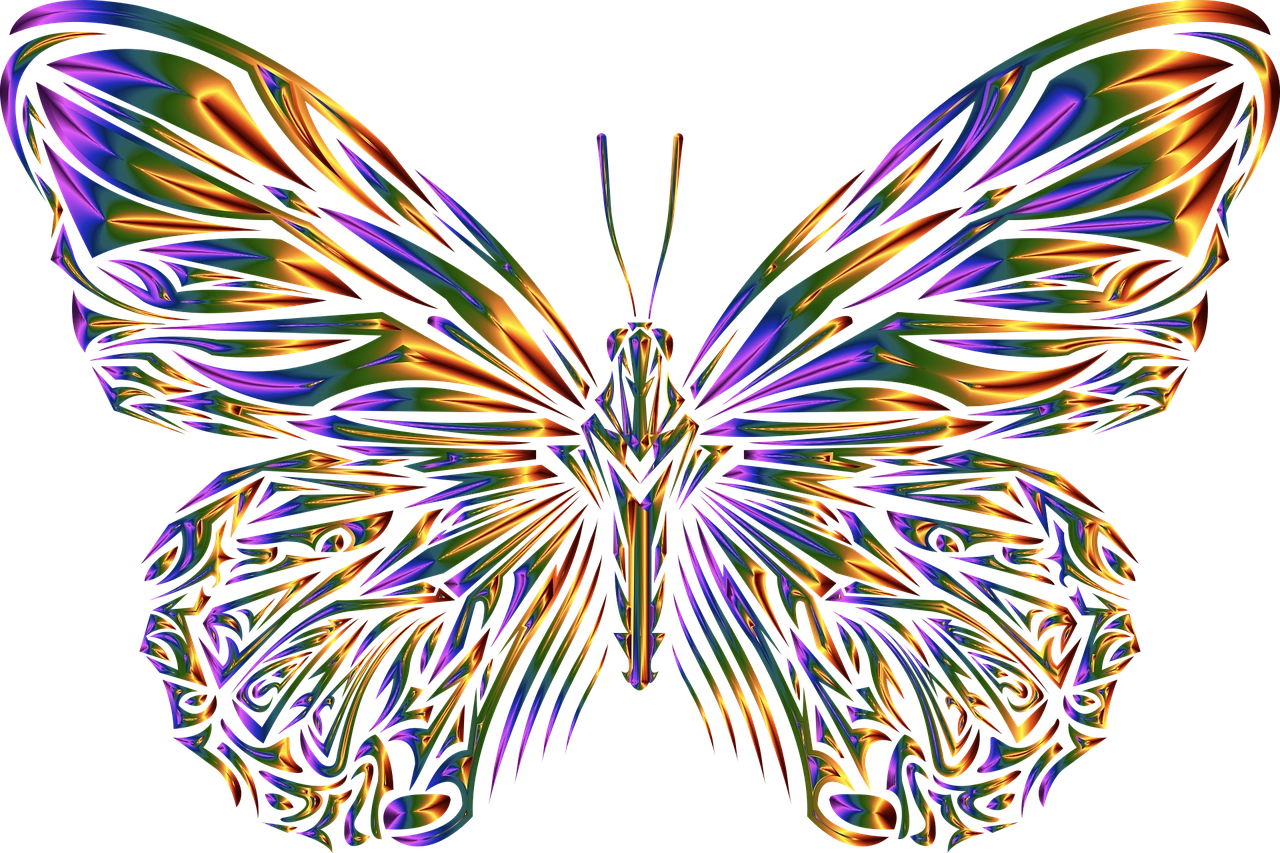Yin and Yang in Taoist Philosophy: Harmony of Opposites

Looking for more amazing products? Check out our online store and explore our collection here! Happy shopping!
Before diving in, please note: This post is for informational purposes only. If you’d like to know more about how we approach topics, feel free to check out our friendly Disclaimer Page.
Hey there, amazing readers! 
We’re committed to delivering quality posts, and your support (even just sticking around despite the ads) means everything to us. So, bear with us, and thanks for helping us keep the good vibes rolling. Now, on to the fun stuff!
TRANSLATE BUTTON AT THE END OF THE ARTICLE
A Quick Overview
Taoism, an ancient Chinese philosophy and religion, emphasizes living in harmony with the natural world and achieving balance in all aspects of life.
Central to Taoist philosophy is the concept of Yin and Yang, the two opposing forces that represent the dualistic nature of existence.
The interplay between Yin and Yang is believed to govern the universe and all aspects of life, from the smallest interactions to the grand cosmic cycles.
Understanding the harmony of opposites is essential in Taoism, as it teaches individuals to embrace the interconnectedness of all things and seek balance in their lives.
Introduction to Yin and Yang in Taoist Philosophy
Yin and Yang are fundamental concepts in Taoist philosophy, representing the dualistic nature of the universe.
Yin is associated with qualities such as darkness, cold, femininity, passivity, and the moon, while Yang is associated with qualities like light, heat, masculinity, activity, and the sun.
The interaction of Yin and Yang creates a dynamic balance that is essential for the functioning of the natural world and the human body.
In Taoist thought, everything contains both Yin and Yang aspects, and achieving harmony between these two forces is the key to health, prosperity, and overall well-being.
The Concept of Yin and Yang
The concept of Yin and Yang is based on the idea that all things in the universe are interconnected and interdependent.
Yin and Yang are not static entities but rather dynamic forces that are constantly changing and flowing into one another.
The balance between Yin and Yang is not fixed but rather a fluid equilibrium that can shift and adapt to different circumstances.
Understanding the concept of Yin and Yang allows individuals to recognize the inherent duality of life and navigate the complexities of existence with wisdom and mindfulness.
Understanding the Harmony of Opposites
In Taoist philosophy, the harmony of opposites is a central theme that emphasizes the interconnectedness and interdependence of all things.
Just as Yin and Yang are opposing forces that complement each other, the harmony of opposites teaches us to embrace the contradictions and paradoxes of life.
By recognizing the value of both light and darkness, activity and passivity, strength and weakness, individuals can cultivate a deeper understanding of the world around them and find peace in the midst of chaos.
Symbolism of Yin and Yang
The symbol of Yin and Yang, known as the Taijitu, is a visual representation of the interplay between opposing forces.
The black and white halves of the circle symbolize Yin and Yang, while the dots within each half represent the seed of its opposite.
The swirling pattern of the Taijitu reflects the dynamic and ever-changing nature of the universe.
The symbol of Yin and Yang is a powerful reminder of the need to seek balance and harmony in all aspects of life, as well as a visual representation of the interconnectedness of all things.
Balancing Yin and Yang in Life
Achieving balance between Yin and Yang is a key principle in Taoist practice, as it is believed to lead to health, happiness, and longevity.
Balancing Yin and Yang involves recognizing when one force is dominant and actively working to restore equilibrium.
This can be achieved through practices such as meditation, qigong, tai chi, and acupuncture, which help to harmonize the flow of energy within the body.
By balancing Yin and Yang in all areas of life, individuals can cultivate a sense of inner peace and harmony that radiates outward into their relationships and environment.
Applications of Yin and Yang in Taoism
The concept of Yin and Yang has wide-ranging applications in Taoism, influencing everything from philosophy and medicine to art and architecture.
In Taoist thought, Yin and Yang are seen as guiding principles that inform how individuals should live their lives and interact with the world around them.
By embracing the duality of existence and seeking balance between opposing forces, Taoists strive to achieve a state of harmony and unity with the natural world.
Yin and Yang in Traditional Chinese Medicine
In traditional Chinese medicine, the principles of Yin and Yang are used to diagnose and treat illness.
Health is believed to be a state of balance between Yin and Yang energies within the body, and disease is seen as an imbalance or blockage of these energies.
Practitioners of traditional Chinese medicine use techniques such as acupuncture, herbal medicine, and dietary therapy to restore harmony between Yin and Yang and promote healing.
By addressing the root cause of illness and restoring balance to the body’s energies, traditional Chinese medicine aims to treat the whole person and not just the symptoms of disease.
Yin and Yang in Feng Shui
In the practice of feng shui, the ancient Chinese art of harmonizing the energy of spaces, Yin and Yang play a central role in creating balanced and harmonious environments.
Feng shui practitioners use the principles of Yin and Yang to arrange furniture, decor, and landscaping in a way that promotes positive energy flow and harmony.
By balancing the Yin and Yang energies within a space, individuals can create an environment that supports health, wealth, and happiness.
Yin and Yang in Martial Arts
Yin and Yang are also central concepts in traditional Chinese martial arts, such as Tai Chi and Qigong.
These practices emphasize the balance between soft and hard, yielding and assertive, and internal and external energies.
By cultivating a harmonious relationship between Yin and Yang within the body, martial artists can achieve greater strength, flexibility, and mindfulness in their practice.
The principles of Yin and Yang in martial arts teach practitioners to move with grace and precision, harnessing the power of opposites to achieve optimal performance.
The Philosophy of Dualism in Taoism
The philosophy of dualism in Taoism is rooted in the belief that all things contain both Yin and Yang aspects within them.
Dualism is not seen as a strict division between opposing forces but rather a fluid and dynamic relationship between complementary energies.
By embracing the duality of existence, Taoists seek to find unity and harmony in the midst of diversity and change.
Dualism in Taoism teaches individuals to accept the contradictions and paradoxes of life and to navigate the complexities of existence with grace and wisdom.
Achieving Balance through Yin and Yang
Achieving balance through Yin and Yang is a lifelong practice that requires mindfulness, self-awareness, and a willingness to adapt to changing circumstances.
By cultivating a deep understanding of the interconnectedness of all things and embracing the harmony of opposites, individuals can find peace and fulfillment in their lives.
Balancing Yin and Yang involves recognizing when one force is dominant and actively working to restore equilibrium through practices such as meditation, qigong, and tai chi.
By seeking balance in all areas of life, individuals can achieve a state of harmony and unity with the natural world.
Conclusion: Embracing the Harmony of Opposites
In conclusion, the concept of Yin and Yang in Taoist philosophy teaches us to embrace the harmony of opposites and seek balance in all aspects of life.
By recognizing the interconnectedness of all things and the dynamic interplay between Yin and Yang, individuals can navigate the complexities of existence with grace and wisdom.
Through practices such as meditation, qigong, and tai chi, individuals can cultivate a deeper understanding of the dualistic nature of the universe and achieve a state of harmony and unity with the natural world.
Embracing the harmony of opposites is not just a philosophical concept but a practical way of living that leads to health, happiness, and overall well-being.

The Enlightenment Journey is a remarkable collection of writings authored by a distinguished group of experts in the fields of spirituality, new age, and esoteric knowledge.
This anthology features a diverse assembly of well-experienced authors who bring their profound insights and credible perspectives to the forefront.
Each contributor possesses a wealth of knowledge and wisdom, making them authorities in their respective domains.
Together, they offer readers a transformative journey into the realms of spiritual growth, self-discovery, and esoteric enlightenment.
The Enlightenment Journey is a testament to the collective expertise of these luminaries, providing readers with a rich tapestry of ideas and information to illuminate their spiritual path.
Our Diverse Expertise
While our primary focus is on spirituality and esotericism, we are equally passionate about exploring a wide range of other topics and niches 

To ensure we provide the most accurate and valuable insights, we collaborate with trusted experts in their respective domains 
Our blog originally focused on spirituality and metaphysics, but we’ve since expanded to cover a wide range of niches. Don’t worry—we continue to publish a lot of articles on spirituality! Frequently visit our blog to explore our diverse content and stay tuned for more insightful reads.
Hey there, amazing reader! 
Check out our store here and take a peek at some of our featured products below! Thanks for being awesome!











